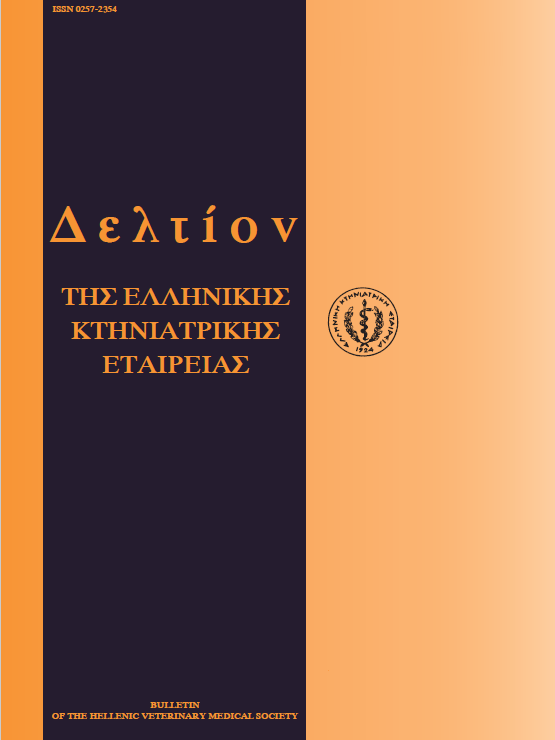Rabbit semen fertility after heterospermic insemination with spermatozoa of different capacitation time
Resumen
The influence of mixing heterogeneous sperm populations in rabbit semen fertility was studied. Eighty female rabbits which were divided in 4 groups (1,2,3 and 4) in = 20.) and 3 males of proven fertility were employed. The animals of group 1,2 and 3 were inseminated with semen from male A j, A2 and A3, respectively, while those of group 4 were inseminated with a mixture containing equal number of progressively motile spermatozoa from each of the above mentioned males ( A 1 + 2 + 3 ) (heterospermic insemination). Animals of each group were divided into 4 subgroups according to the insemination time (15,10, 5 and 0 hours prior the expected ovulation). In each group, differences were observed (P<0.05) between subgroups at the percentage of animals that delivered, indicating differences between males at the time and the duration of sperm capacitation in vivo. Based on the percentage of the animals that delivered and the litter size, semen fertility was improved after the application of heterospermic insemination, at all insemination times. This improvement was attributed to the extension of the time during which capacitated spermatozoa were present in the female genital tract due to the mixture of heterogeneous sperm populations of different capacitation time.
Article Details
- Cómo citar
-
YPSILANTIS (Π. ΥΨΗΛΑΝΤΗΣ) P., SARATSIS (Φ. ΣΑΡΑΤΣΗΣ) P., & SAMOUILIDIS (Σ. ΣΑΜΟΥΗΛΙΔΗΣ) S. (2018). Rabbit semen fertility after heterospermic insemination with spermatozoa of different capacitation time. Journal of the Hellenic Veterinary Medical Society, 49(2), 143–147. https://doi.org/10.12681/jhvms.15766
- Número
- Vol. 49 Núm. 2 (1998)
- Sección
- Research Articles

Esta obra está bajo una licencia internacional Creative Commons Atribución-NoComercial 4.0.
Authors who publish with this journal agree to the following terms:
· Authors retain copyright and grant the journal right of first publication with the work simultaneously licensed under a Creative Commons Attribution Non-Commercial License that allows others to share the work with an acknowledgement of the work's authorship and initial publication in this journal.
· Authors are able to enter into separate, additional contractual arrangements for the non-exclusive distribution of the journal's published version of the work (e.g. post it to an institutional repository or publish it in a book), with an acknowledgement of its initial publication in this journal.
· Authors are permitted and encouraged to post their work online (preferably in institutional repositories or on their website) prior to and during the submission process, as it can lead to productive exchanges, as well as earlier and greater citation of published work.









